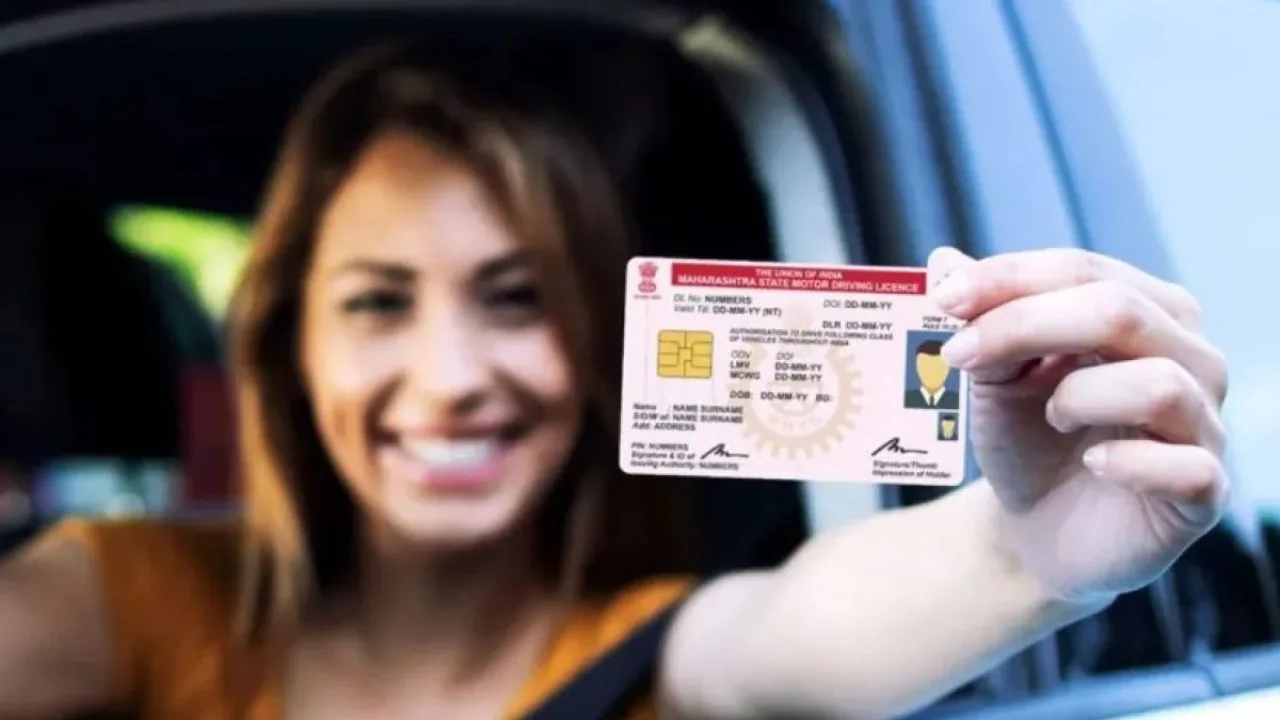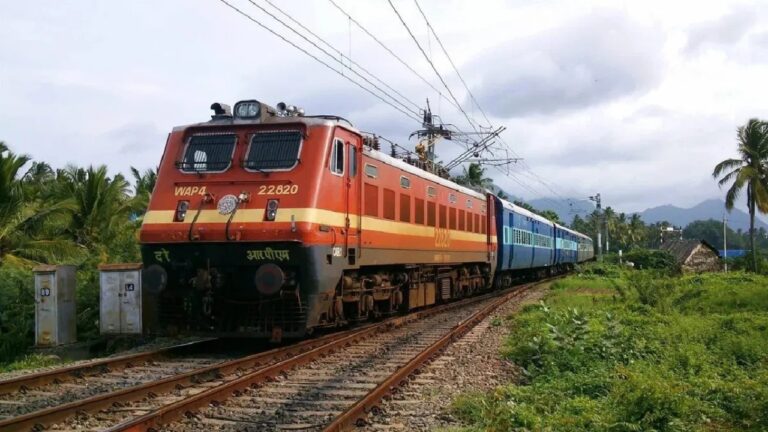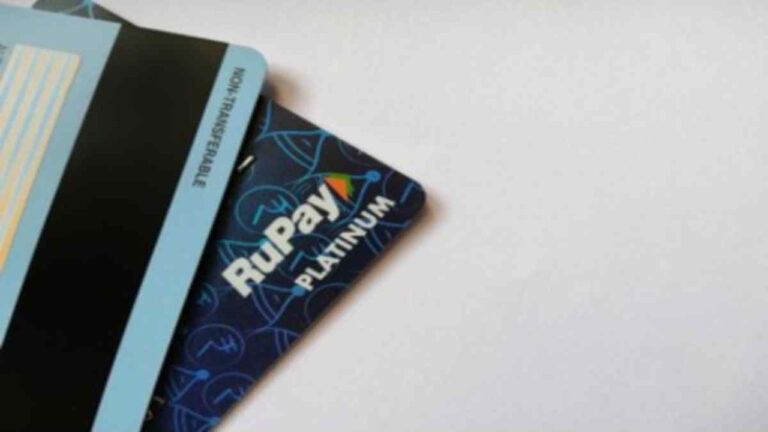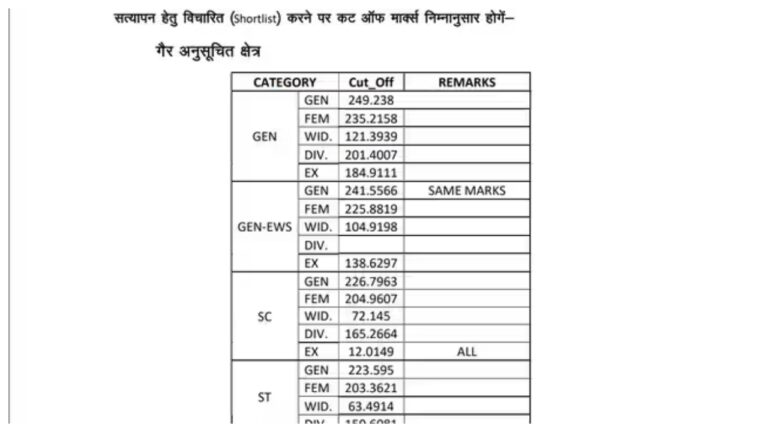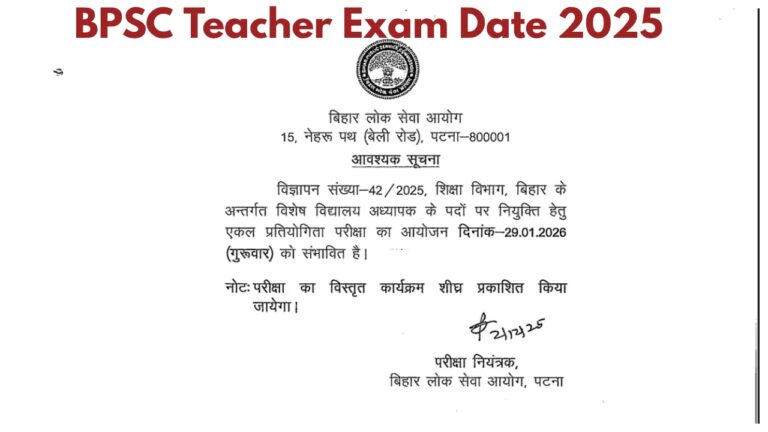Nowadays, a driving license (DL) not only gives the legal right to drive, but it has also become an extremely important identity card. Imagine how big a shock it is when this DL is lost or stolen. The fear of driving on the road, the danger of a traffic police challan, and the loss of an important identity document – all this has to be faced together. In such a situation, people often get nervous about what to do now, where to go, which form to fill, and which line to stand in.
But now times have changed. The government has made most of the services related to driving licenses online so that the general public can get relief from the hassle of visiting RTO (Regional Transport Office – RTO) offices. If your DL is lost, then now you can apply for a duplicate driving license from home. All you need is some necessary documents, the right process, and a little information. We are going to tell you in a very easy and step-by-step way how you can get your duplicate DL without any hassle, that too through the government website Parivahan.gov.in, in a completely reliable way.
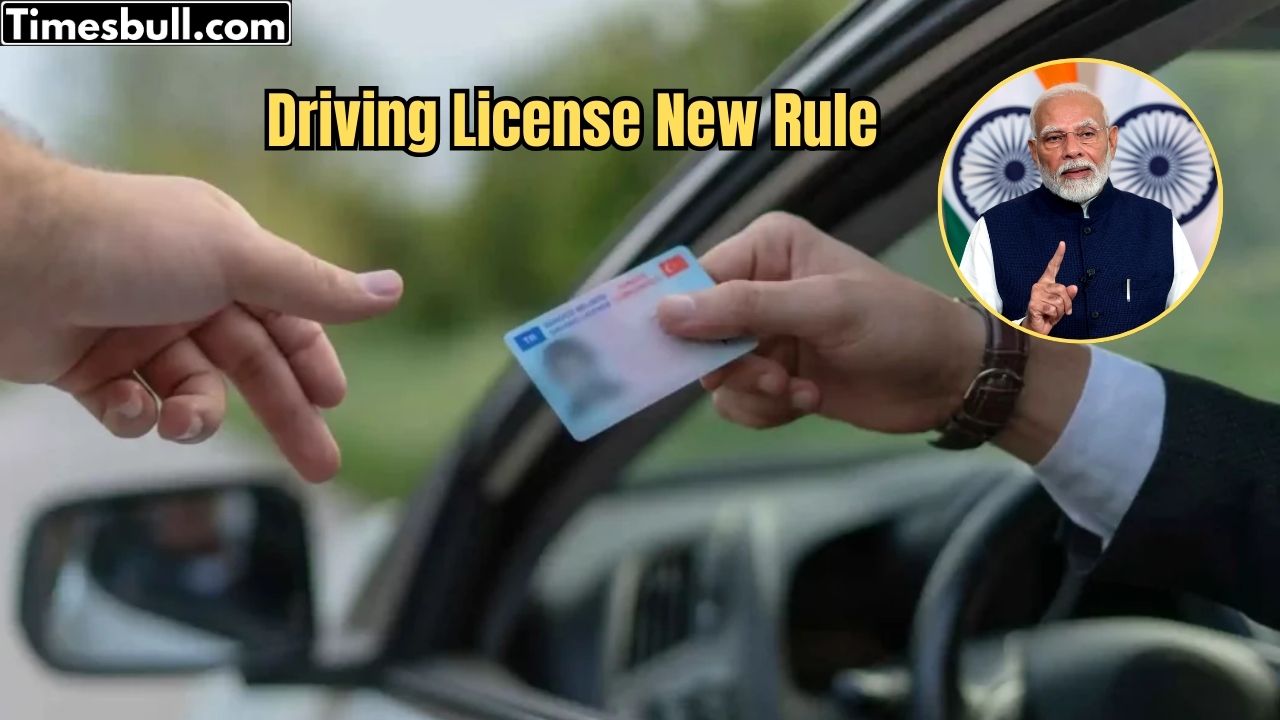
The first and most important step for duplicating DL
In case your driving license is lost or stolen, the first and most important step is to register an FIR (First Information Report – FIR) or General Diary at the nearest police station. This is important so that you have solid proof of theft or loss. It is also very important to avoid any fraud or misuse in the future. Keep a copy of the police complaint safe with you, as it will be needed while applying online. This will save you from any unpleasant situation.
Starting the online application on Parivahan.gov.in
Once you have filed the FIR, the next step is to visit the official website of the transport department. Here is the complete process:
First of all, open the Parivahan.gov.in website on your computer or mobile. This is the official website of the Ministry of Road Transport & Highways, Government of India.
On the homepage of the website, you will find the option of “Driving License Related Services”. Click on it.
On the next page, you will see a list of states. Select your state (eg. Bihar). This will ensure that you are redirected to the correct portal for your state.
After selecting the state, you will get a list of several services. Find the option “Apply for Duplicate DL” or “Apply for DL Services” and click on it.
On clicking, you will get the option to start the application process. From here you can start filling in your information, such as your DL number, date of birth, etc.
Documents and fees required for online application
During the online application process, you will have to upload some important documents. Make sure you have scanned copies of all these documents ready:
Copy of FIR
Address Proof
Age Proof
Passport Size Photo
Form-2 (Application Form)
Photocopy/details of old DL (if available)
Application Fee
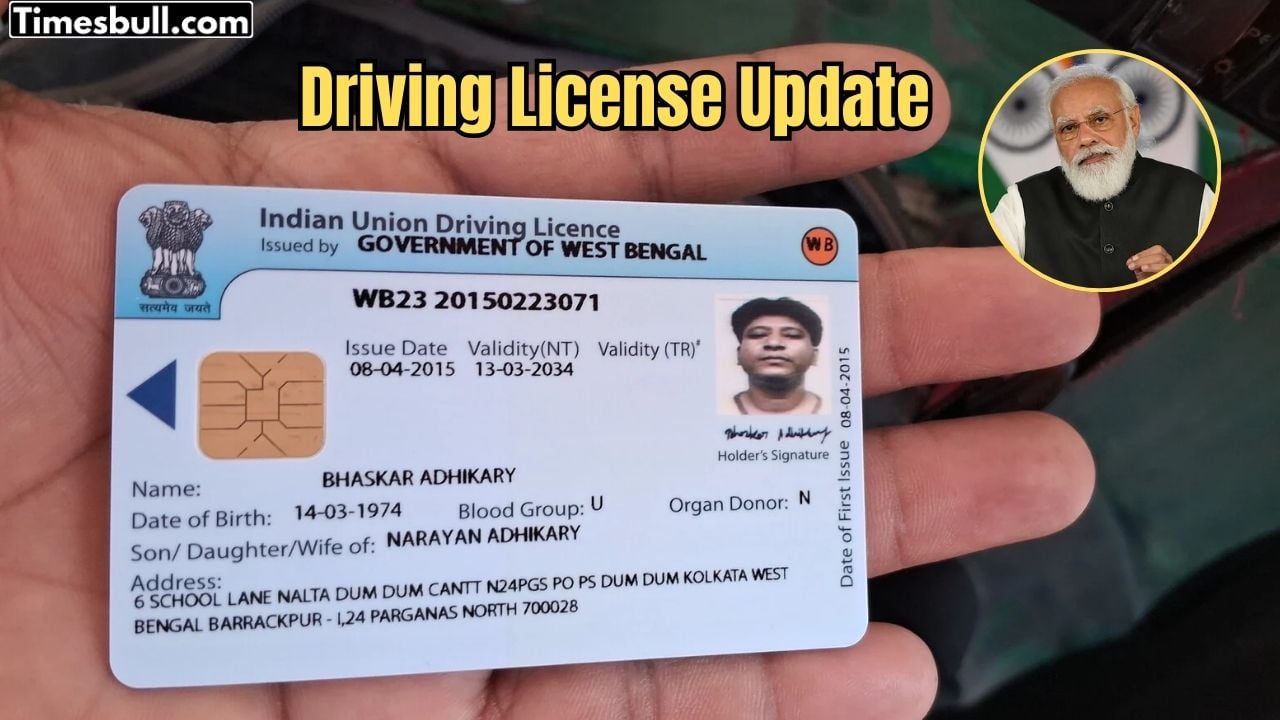
After filling out the application and uploading the documents, you have to pay the fee. The fee for duplicate DL may vary as per the state, usually, it ranges between ₹200 to ₹500. You can pay using online modes like debit cards, credit cards, or net banking. After paying the fee, you will get an acknowledgment slip and an application number. Keep it safe, as it will be useful to track the status of your application.
Some important things you need to keep in mind
While applying for duplicate DL, it is very important to keep some things in mind:
Biometric or photo verification
In some rare cases, especially if there is a problem with your biometric data or old records are not available, you may have to visit the RTO office for biometric data or photo verification. However, in most cases, this process is completely online.
Status tracking
You can track the status of your duplicate DL online on the Parivahan website using your application number. This will help you keep track of the progress of your application.
Delivery
When your duplicate DL is ready, you will be notified via SMS or email. After this, you can either go to the RTO and collect it yourself, or it will be sent to your home address by post. This will depend on the rules of your state.
